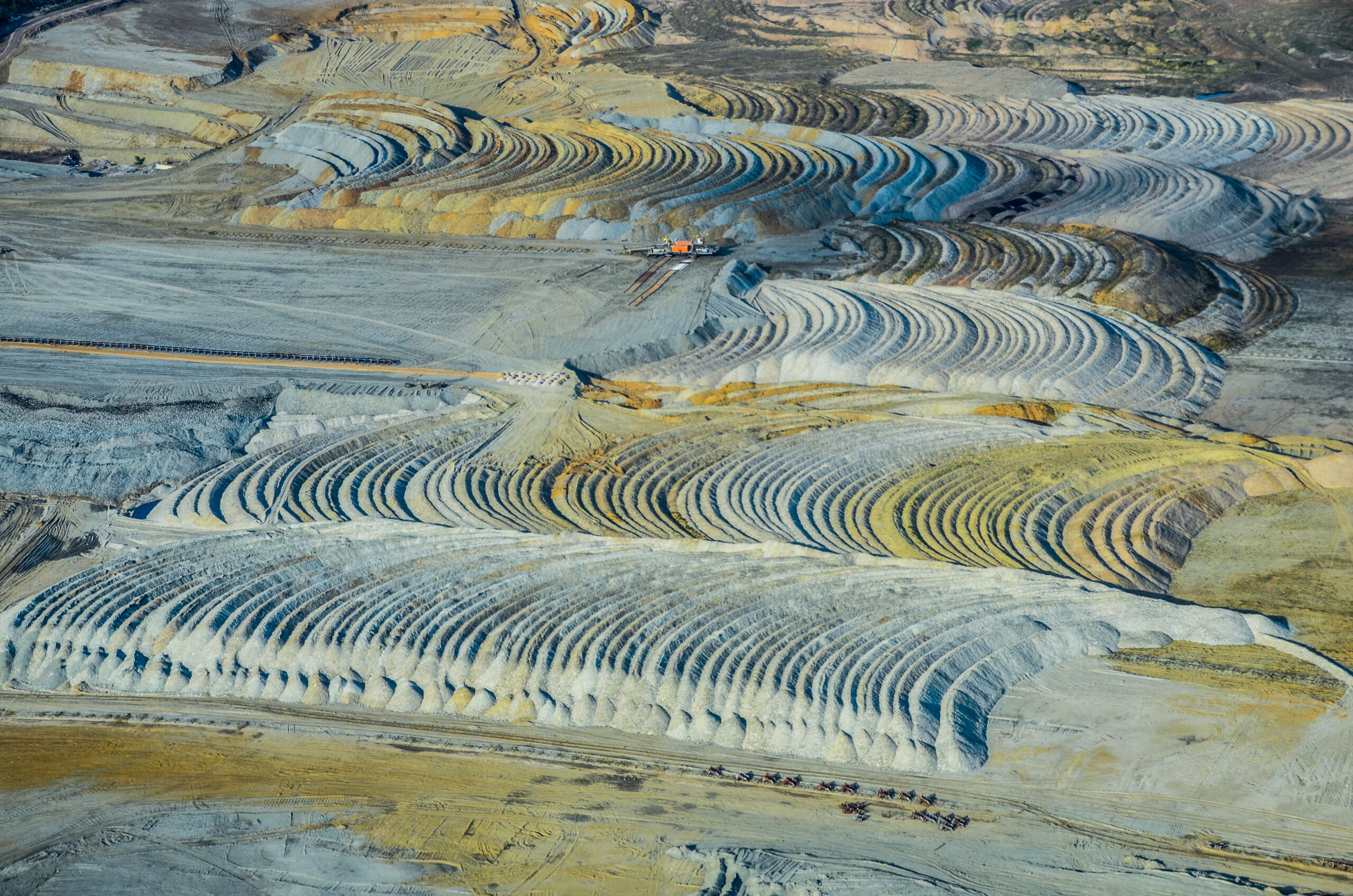The term “Anthropocene” has many levels of meaning: it is a proposed geological definition of the current epoch, in which human activity has made an indelible mark; it is a critique of the impact of humanity on the planet and the way it exploits so-called natural resources, and at the same time an uncomfortable look in the mirror, one that casts a new light on the position of humanity in the world. For some, it is a fad and another manifestation of human self-centeredness, once again putting humanity at the centre of world affairs. For others, it is a term that is too overburdened, all-encompassing and, consequently, meaningless: when practically everything is covered by the Anthropocene, what is it useful for, what exactly does it put a name to? […]
The term “Anthropocene” was proposed for the new epoch by geologists, and recognition of the term in the narrow, scientific sense depends on them. The debates continue, the relevant committees have, by majority, voted in favour and a majority is gradually coming to agreement that the start of the Anthropocene should be dated to the so-called Great Acceleration following the Second World War. However, the significance of the word “majority” should be emphasised: even within the geologists’ committees, a dissident group has formed, who point to significantly older roots of the current situation – the origins of many of the changes taking place today can be traced back to the Neolithic revolution and the beginnings of agriculture. This discussion is characteristic of the Anthropocene issue in many aspects and points to the typically Anthropocene phenomenon of borderline quantity and change of scale: what has so far worked relatively smoothly against the background of our attention and interest, comes to the fore when reaching certain quantitative limits, as considerable difficulties begin; the consequences of the increase are not only additive, but take new, often unexpected or shocking forms. The common denominator of many of these phenomena is the growing human population on planet Earth, which surpassed eight billion individuals in the autumn of 2022. The Anthropocene is a new perspective on these old realities – and also ourselves. At the same time, we understand it as both a new environmental situation and a specific reflection of it. It is therefore a double turning-point – both material and intellectual.
The Anthropocene is not only a new reality and a certain way of looking at it, but also a specific way of experiencing it. Like other “historical epochs”, the Anthropocene is characterised by its special sensitivity; perception of and sensitivity to certain phenomena, which previously did not necessarily go unnoticed, but left us unmoved. This is now changing in a number of cases and for various reasons: “We care” could be the motto of the current situation in the Anthropocene. The Anthropocene, also as a scientific concept discussed by geologists, has a strong emotional charge (concepts such as “Holocene” or “Eocene” do not show this quality to such an extent). And what if we consider the Anthropocene in a broad sense, as it takes root in various areas, from the environmental movement through the humanities to its creative use and transformation in the sphere of art, or even critical design?! The Anthropocene abounds with – various, often contradictory – emotions. […]
The Anthropocene includes changes in the perception of complicated connections between human and non-human, local and global, as well as between the natural and social sciences. Humanity and nature, culture and naturality, and rationality and emotions, to name several examples, are just a few of the dualities that, through their separation of concepts, are today increasingly used to understand the world we inhabit, as well as other beings, both human and non-human, that we may encounter in it. Clear, purified categories such as “nature” and “culture”, i.e. products of a certain type of modern thinking, are more of an inconvenience in the Anthropocene – not that they are entirely meaningless or that they should be discarded forever. However, they are not a good entry point into the study of the complicated contexts of the contemporary world. We can see ever more clearly that “nature” and “culture”, or “nature” and “humanity” are not paired opposites and independently existing entities.
(Eliška Fulínová – Anna Kvíčalová, from the introduction to the book Antropocennosti: Průvodce světem antropocénu)
